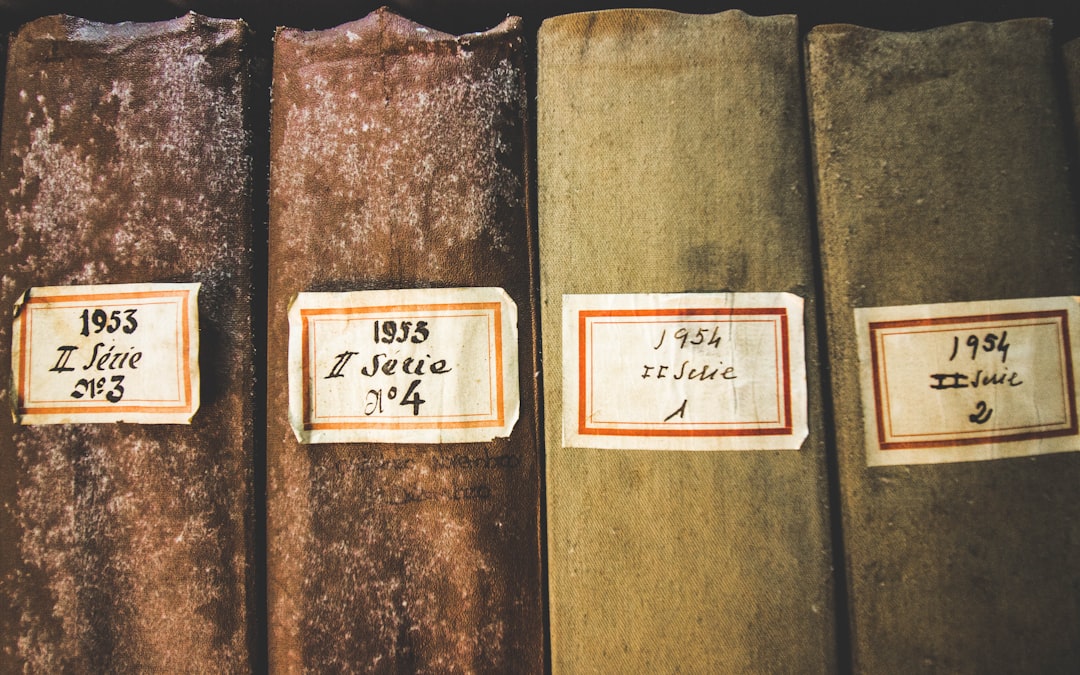What is it about?
This article looks at the relation between four nineteenth-century books for teaching Egyptian Arabic to foreigners: Nolden’s Vocabulaire français arabe (1844), and three books that were partially based on Nolden’s book (without acknowledgement). These are Zenker’s Vocabulaire phraséologique français-arabe (1854), Sacroug’s The Egyptian Travelling Interpreter (1874) and De Vaujany & Radouan’s Vocabulaire français-arabe (1887). Rather than copying the original book literally, each of the authors reworked it and added content in order to cater for the intended readers. For instance, Sacroug and De Vaujany & Radouan added Arabic phrases and dialogues that would be practical to use for tourists in Egypt.
Featured Image

Photo by Fynn schmidt on Unsplash
Why is it important?
The way in which Nolden’s text was reused, fits within a long history of copying and reworking materials for teaching languages. Each author adapted the book and added materials to it in line with the needs of their readership. The article shows that the needs of travellers to Egypt changed in the second half of the nineteenth century. For instance, information about new modes of transport such as travelling by train was added in the later versions of the book.
Read the Original
This page is a summary of: Three Cases of Plagiarism?, Historiographia Linguistica, December 2022, John Benjamins,
DOI: 10.1075/hl.00108.zac.
You can read the full text:
Contributors
The following have contributed to this page










